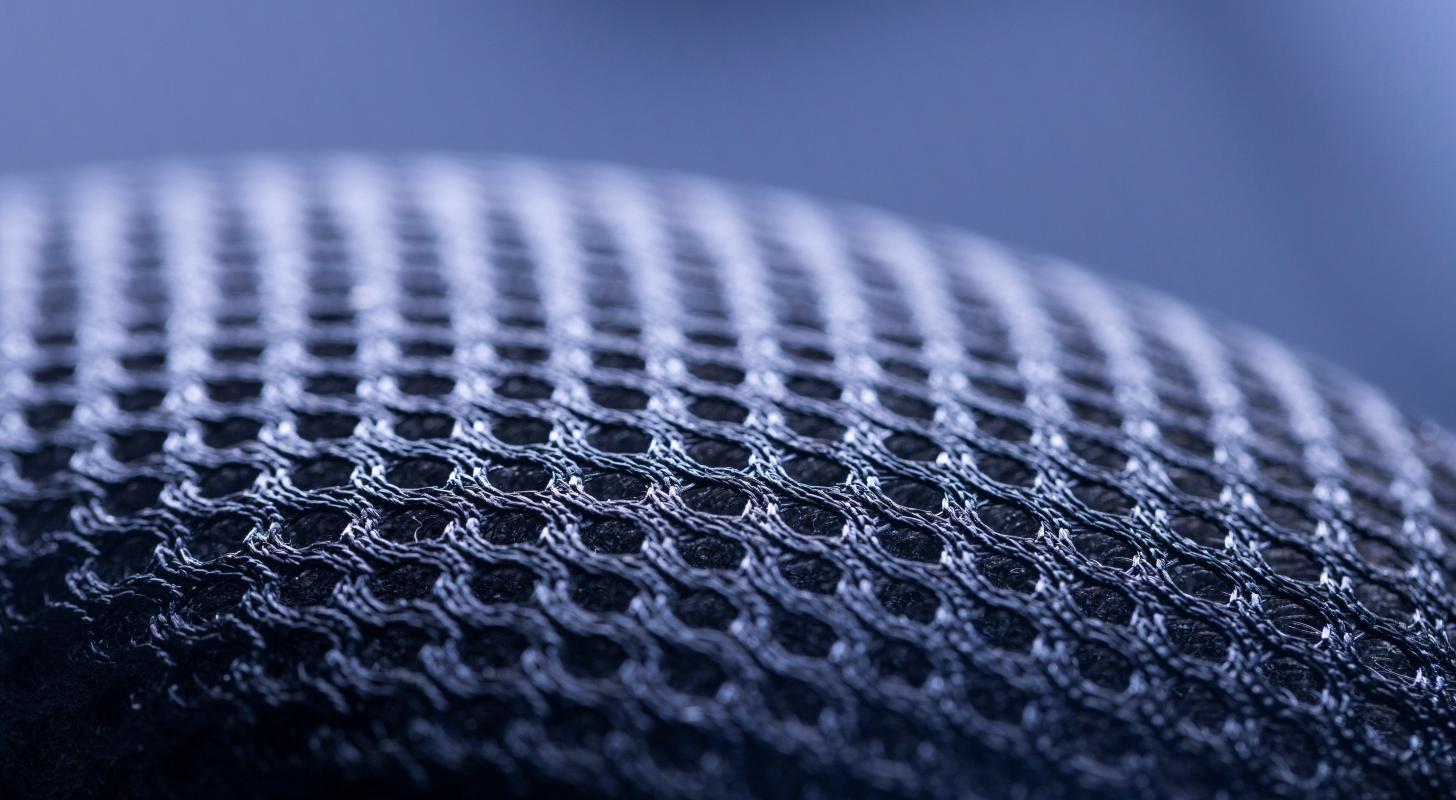
Nottingham Trent University Researchers have embedded a woven textile with 1200 miniature solar panels.
What happened: dr Theodore Hughes-Riley, Associate Professor of Electronic Textiles at Nottingham School of Art & Design, and his team incorporated a woven textile with more than a thousand solar cells. Together, these tiny cells can harness 400 milliwatts (mWatt) of solar electrical energy – enough to charge a basic cell phone or smartwatch.
See also: Almost half of Americans want to install solar panels. This stock could climb 30% because of it
This “E-Textile” material is breathable and chemically stable as all solar cells are made of silicon. The solar cells are embedded in a waterproof polymer resin so that the wearer does not feel anything. It’s an advanced prototype that could be incorporated into any clothing, like a jacket. The material can be “crumpled and machine washed” like regular laundry.
The test showed that the e-textile generated an output of 335.3 mWatt at 0.86 solar radiation.
Why it matters: dr Riley pointed out that only a handful of people would have considered their clothing or textile products for power generation.
Mathol Kgatukea research associate at Weaving of Electronic Textiles, said: “This project shows how e-textiles can be at the forefront of sustainability and that they have the potential to reshape our existing concepts of technology.”
Continue reading: Consumers will soon be able to buy solar panels from IKEA: here begins the nationwide rollout
[ad_2]
Source story

